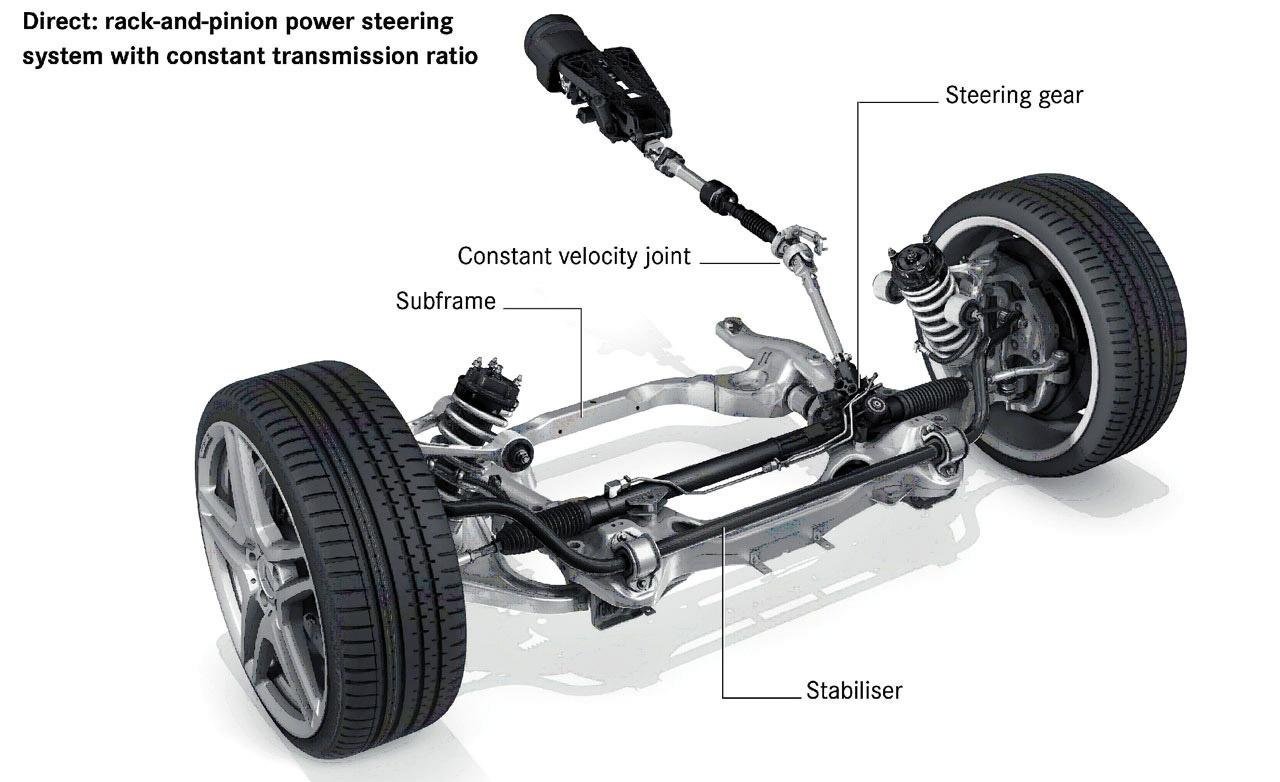The Importance of a Car’s Steering System
When it comes to driving a car, one of the most crucial components that ensures safe and efficient maneuverability is the steering system. The steering system allows the driver to control the direction of the vehicle, making it an essential part of any automobile.
Components of a Car’s Steering System
A typical car’s steering system consists of several key components that work together to provide smooth and responsive steering:
- Steering Wheel: The steering wheel is the primary interface between the driver and the steering system. It allows the driver to turn the wheels and control the direction of the car.
- Steering Column: The steering column connects the steering wheel to the rest of the steering system. It houses various components, such as the steering shaft and universal joints, which transmit the driver’s input to the wheels.
- Steering Gearbox: The steering gearbox is responsible for converting the rotational motion of the steering wheel into the linear motion required to turn the wheels. It amplifies the driver’s input, making it easier to steer the car.
- Tie Rods: The tie rods connect the steering gearbox to the wheels. They transmit the steering motion from the gearbox to the wheels, allowing them to turn in the desired direction.
- Steering Knuckles: The steering knuckles are located at the front wheels and serve as the connection point between the tie rods and the wheels. They allow the wheels to pivot and turn.
- Power Steering System (optional): Some cars are equipped with a power steering system, which uses hydraulic or electric assistance to make steering easier. This system reduces the effort required by the driver to turn the wheels.
How Does a Car’s Steering System Work?
Now that we understand the key components of a car’s steering system, let’s delve into how it actually works:
When the driver turns the steering wheel, it rotates the steering column, which in turn rotates the steering gearbox. The steering gearbox converts this rotational motion into linear motion through a series of gears and shafts. This linear motion is then transmitted to the tie rods, which move the steering knuckles. As a result, the wheels turn in the desired direction.
In a power steering system, additional components, such as a power steering pump and hydraulic lines, assist in the steering process. When the driver turns the steering wheel, the power steering pump provides pressurized fluid to the steering gearbox, reducing the effort required to turn the wheels.
Maintaining and Troubleshooting the Steering System
Regular maintenance of the steering system is crucial to ensure its optimal performance and longevity. Here are a few tips to keep in mind:
- Check the power steering fluid regularly and top it up if necessary.
- Inspect the steering components for any signs of wear or damage, such as loose tie rods or leaking power steering fluid.
- Listen for any unusual noises, such as squeaking or clunking, which may indicate a problem with the steering system.
- If you notice any issues with the steering, such as difficulty turning the wheel or a misaligned steering wheel, it is recommended to have it inspected by a qualified mechanic.
Remember, a well-maintained steering system not only ensures a smooth and comfortable driving experience but also plays a crucial role in keeping you safe on the road.
In Conclusion
The steering system is an integral part of any car, allowing the driver to control the direction of the vehicle. By understanding the various components and how they work together, you can appreciate the complexity of this essential system. Regular maintenance and prompt attention to any steering issues will help ensure safe and enjoyable driving for years to come.



